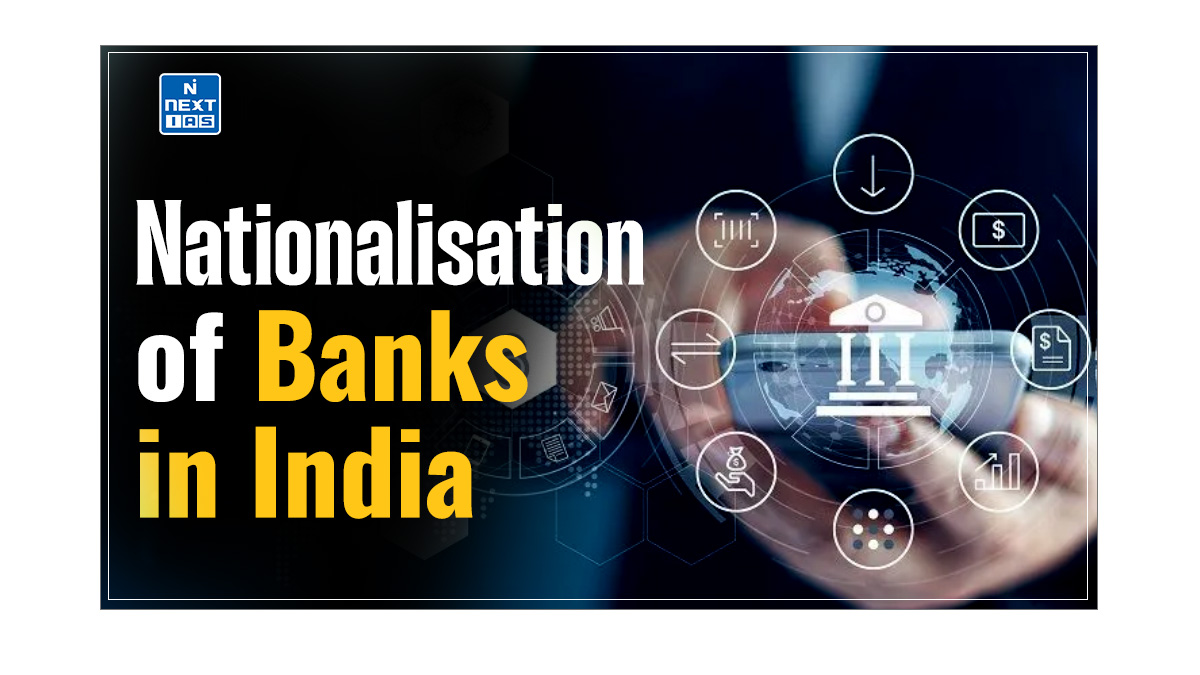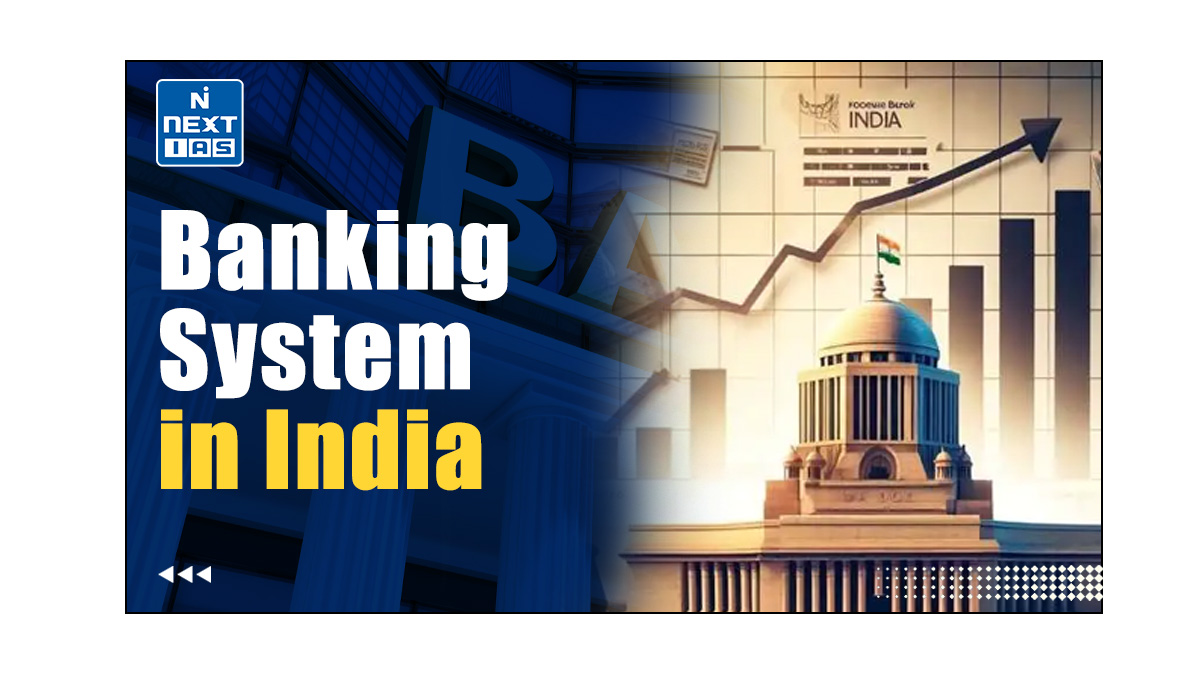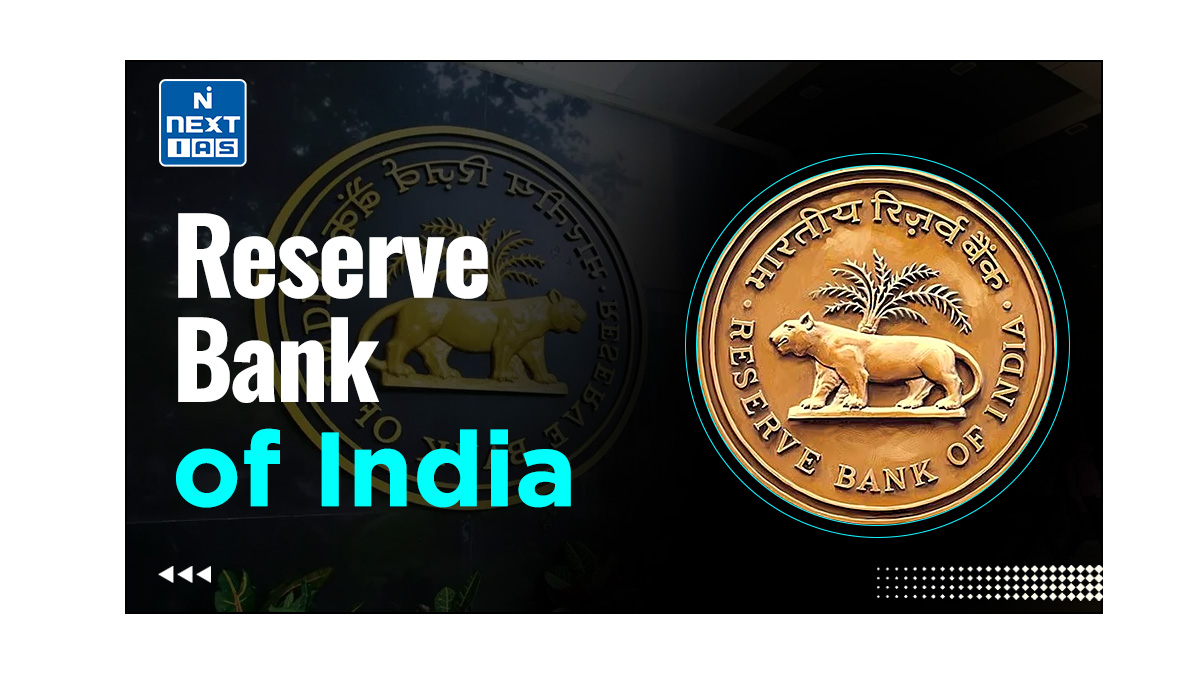
Merger of Public Sector Banks (PSBs) in India has been in consideration as a potential solution to creating a more robust, efficient and competitive Banking System in India. Though it seems to offer certain benefits, it is not devoid of disadvantages. This article aims to study in detail the concept of Merger of Public Sector Banks (PSBs) in India, its meaning, rationale, needs, advantages, disadvantages and other related concepts.
Meaning of Merger of Public Sector Banks (PSBs)
- The Merger of Public Sector Banks (PSBs) in India, also known as the Consolidation of Public Sector Banks in India, refers to the process of combining smaller and weaker banks with larger and stronger ones to create more robust, efficient, and competitive banking entities.
- It aims to consolidate the banking sector so as to enhance the overall stability and performance of the banking system, ensuring it can effectively support the country’s economic growth and development.
Need for Consolidation of PSBs
- Fragmented Banking Structure in India: In comparison to other major economies, Indian banking sector is highly fragmented. Merger of Public Sector Banks (PSBs) will do away with this lacunae.
- Distorted Competition: Most of the PSBs in India are competing within themselves; most of them have same business models and compete in the same segments as well as same geographies.
- Build Capacity to Meet Credit Demand: India needs to have global sized banks that can support the investment needs of economy and sustain economic growth.
- The Consolidation of Public Sector Banks into 4 or 5 banks would create larger banks with capacity to fund larger size projects of economic importance.
- Need for Larger Capital Base to Manage NPAs: The Public Sector Banks (PSBs), which form approximately 72% of the Indian banking system, are among the most affected by the high non-performing asset (NPA) problem.
- The consolidation of Public Sector Banks (PSBs) would lead to a larger capital base to manage the NPAs. Merger of weak Bank with the strong bank would prevent failure of weak Banks.
- Benefits for the Government: Merger of Public Sector Banks will reduce the financial burden on the Government on undertaking frequent recapitalisation of the Public Sector Banks.
- It would also help the Government in meeting the stringent capital requirements stipulated under the BASEL III Norms.
- Significant Cost Benefits from Synergies: Larger distribution network of the amalgamated bank will reduce operating and distribution costs with benefits for its customers and their subsidiaries.
- All merged banks in a particular bucket share common Core Banking Solutions (CBS) platform synergizing them technologically.
Risks and Challenges of Bank Mergers
- Systemic Risk: The 2008 crisis highlighted that presence of large financial institutions pose systemic risk to the economy and such institutions are “too big to fail”.
- Further, in event of any such crisis in future, the onus would lie on the government to bail out the institutions, thus posing a moral hazard.
- Human Resource Integration: Many employees would fear job loss and disparities in the form of regional allegiances, benefits, reduced promotional avenues, new culture, etc.
- Affect Financial Inclusion: Merger of Public Sector Banks (PSBs) may lead to the shutting down of overlapping branches of the entities being merged.
- Technological Challenges: Various banks are currently operating on different technology platforms.
- Adverse Impact on Big Banks: Forced mergers of the weaker Banks with stronger banks would adversely affect the operations of the strong banks.
- Customer Retention: SBI’s recent merger with its associate banks saw customers of associate banks opting to move their business to rival lenders.
- Low Positive Correlation between Size and Efficiency: The merger of Public Sector Banks (PSBs) is undertaken on the assumption that a large-sized bank would be more efficient than a small-sized bank.
- In the case of India, some of the small-sized banks are considered to be much more efficient than the large-sized Public Sector Banks.
Conclusion
The merger of public sector banks (PSBs) in India marks a significant shift towards creating a more resilient and competitive banking sector. While the process involves navigating various challenges, the long-term benefits of enhanced financial stability, operational efficiency, and global competitiveness are expected to outweigh the short-term disruptions.
Recent Mergers of Public Sector Banks (PSBs) in India
A total of 10 public sector banks have been merged into 4 big banks, making a total of 12 PSBs (from earlier 27).
| Anchor Bank | Amalgamated Banks | PSB Rank by Size |
|---|---|---|
| Punjab National Bank | Oriental Bank of Commerce and United Bank | 2nd |
| Canara Bank | Syndicate Bank | 4th |
| Union Bank | Andhra Bank & Corporation Banks | 5th |
| Indian Bank | Allahabad Bank | 7th |
- SBI & its subsidiaries – State Bank of Bikaner and Jaipur (SBBJ), State Bank of Hyderabad (SBH), State Bank of Mysore (SBM), State Bank of Patiala (SBP) and State Bank of Travancore (SBT)
- Bank of Baroda, Dena Bank, and Vijaya Bank – (3rd largest bank by loans), Anchor Bank – Bank of Baroda.






